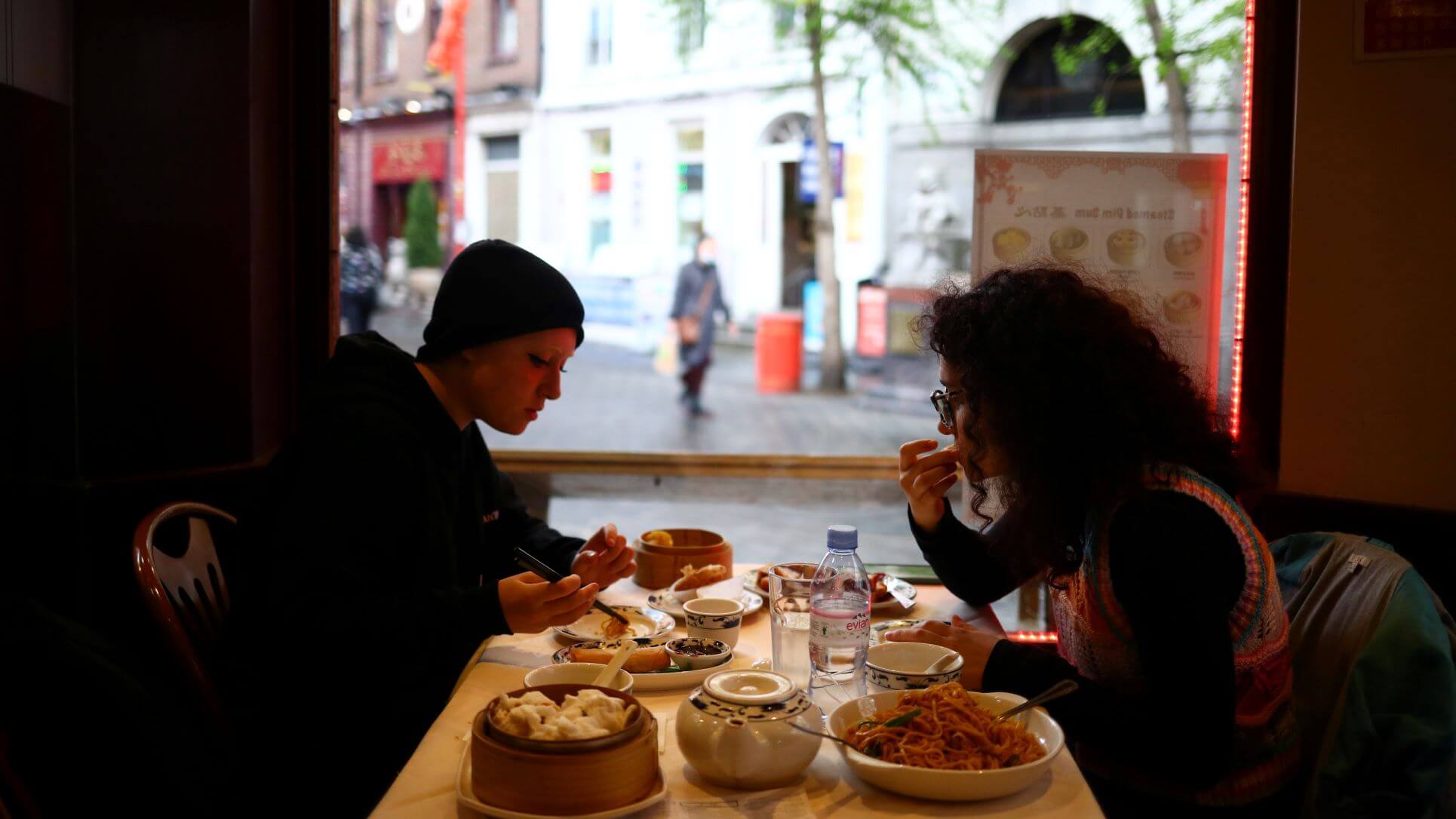
Restaurants operate in a competitive industry where every detail counts. Design choices affect both customer experience and operational costs. From lighting to kitchen layouts, how spaces are arranged can impact efficiency and spending. A well-thought-out design helps a business run smoothly and affects its bottom line.
Adjusting design isn’t just about looks—it’s also an opportunity to improve operations. Smart choices save money while keeping the space inviting for diners. For example, an open kitchen layout can enhance transparency and engagement while also improving workflow efficiency. Practical solutions help businesses thrive, making it worth exploring areas for improvement.
Why Commercial Track Lighting Reduces Energy Waste Without Losing Ambiance
Adjustable track lighting is a great option for restaurants looking for both style and energy efficiency. This lighting system allows precision, directing light exactly where needed. Reducing unnecessary lighting helps restaurants lower energy waste and decrease high utility bills. Installing commercial track lights with adjustable heads makes it easy to highlight specific areas like dining tables or bar counters, creating a balanced atmosphere while controlling energy use.
Dimmable LED systems give better control over brightness, lowering monthly costs. Strategic fixture placement maximizes lighting efficiency while keeping expenses manageable. Using occupancy sensors to adjust brightness based on real-time activity further reduces energy consumption. To make the most of it, assess peak-hour lighting needs and adjust accordingly.
How Modular Kitchen Equipment Lowers Downtime and Maintenance Costs
Modular kitchen setups improve restaurant efficiency by being flexible and easy to maintain. Instead of replacing entire setups, restaurants can swap out individual components when needed, reducing repair costs and limiting downtime. Using quick-connect gas and electrical fittings makes switching out equipment faster, minimizing disruptions during service.
Movable cooking stations make cleaning and organization easier. This setup keeps kitchens neat and allows quick adjustments during busy hours. Stations with built-in storage for frequently used ingredients and utensils improve workflow, reducing the time staff spends retrieving supplies. A flexible layout also helps restaurants update menus without major investments.
Smart HVAC Zoning Lowers Energy Bills Without Sacrificing Comfort
Custom HVAC systems help restaurants save energy. Many establishments rely on uniform systems that don’t cater to different spaces. Zoning strategies let restaurants control heating and cooling for areas like the kitchen, dining room, and bar. This keeps customers comfortable while reducing energy waste. Installing air curtains at entrances helps maintain indoor temperatures by reducing drafts and preventing outside air from disrupting the climate balance.
Sensor-driven thermostats and demand-controlled ventilation adjust automatically based on occupancy, optimizing energy use. Installing variable-speed fans helps regulate airflow more efficiently, preventing hot or cold spots. Analyzing traffic patterns allows for better zoning adjustments, creating a more comfortable and cost-effective environment.
Strategic Floor Planning Increases Revenue Per Square Foot
Efficient floor plans help restaurants maximize revenue. Well-designed layouts fit more seating while keeping guests comfortable, leading to longer visits and repeat customers. Modular tables and movable seating allow quick adjustments for different needs and seasonal trends. Booth-style seating along walls helps optimize space while creating a cozy dining experience that encourages customers to stay longer.
Seating that encourages high turnover increases profits. Smooth traffic flow improves service speed and reduces labor inefficiencies, enhancing the guest experience. Using wider aisles between tables allows servers to move quickly without disrupting diners, cutting down on wait times. Regularly reviewing peak hours helps adjust layouts for better functionality and revenue.
Multi-Use Fixtures Reduce Extra Costs and Labor
Using multi-purpose fixtures makes restaurant operations more efficient. Convertible seating lets businesses adjust for customer flow without needing extra furniture. Tables designed for multiple uses lower overhead costs and keep spaces uncluttered. Stackable chairs offer an easy way to quickly reconfigure layouts for different dining needs, adding flexibility without requiring additional storage space.
Wall-mounted storage solutions free up kitchen space, keeping work areas organized. Dual-purpose lighting fixtures save on installation costs while maintaining good brightness. Choosing functional decor avoids unnecessary expenses. A simple way to start is by reviewing existing furniture to find multi-use options, such as nesting tables or storage ottomans that provide both style and practicality.
Good restaurant design improves both customer experience and operational efficiency. Simple updates can lower costs while keeping spaces functional and inviting. Track lighting reduces energy bills without sacrificing ambiance, and modular kitchen setups make maintenance easier while reducing downtime. Smart HVAC zoning optimizes comfort and lowers utility expenses.
A well-planned layout fits more customers while keeping service efficient, leading to higher revenue. Multi-use furniture reduces clutter and adds flexibility without extra costs. Small adjustments, like rearranging seating or switching to energy-efficient lighting, create long-term savings. Regularly reviewing design choices helps restaurants stay efficient, adaptable, and profitable.
Thanks for signing up to Minutehack alerts.
Brilliant editorials heading your way soon.
Okay, Thanks!